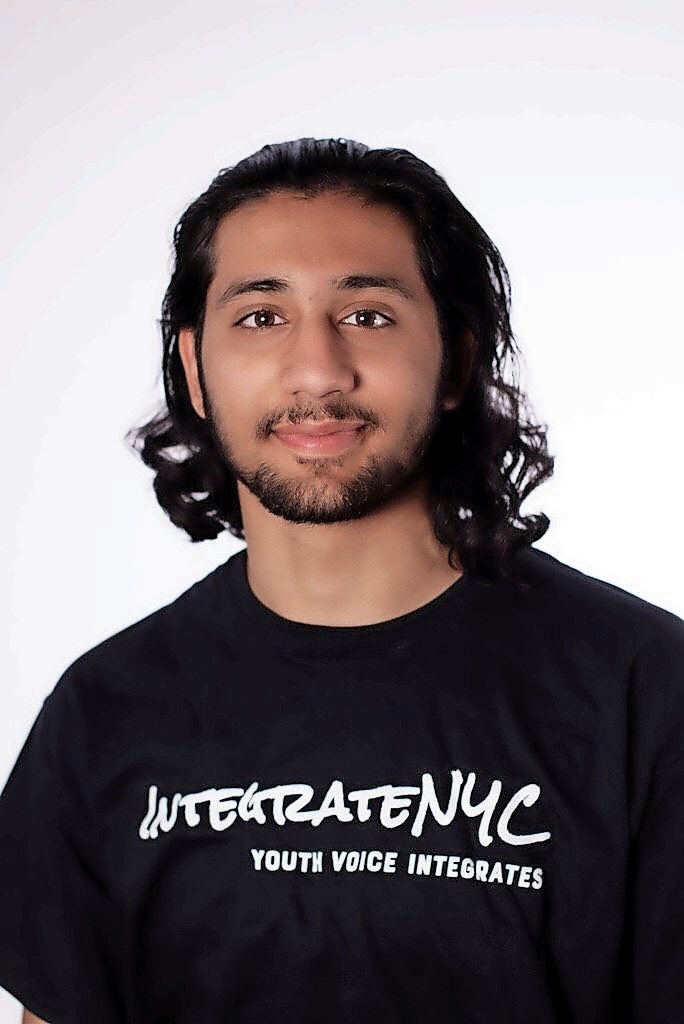Structural racism on display on L.I. schools’ sports fields
Long Island is one of the most segregated metropolitan areas in America, and segregation in our schools is getting worse, according to the Long Island-based ERASE Racism. One place where school districts encourage interaction among students of different races — the athletic field — is a place where racial tensions are aggravated, not reduced. In my experience, racial slurs flew freely as white lacrosse players tried to psych out competitors of color.
Segregation in Long Island’s schools is a flagrant example of structural racism: school districts seemingly designed to keep students of different races separated. A recent study by ERASE Racism found that “At the same time our region is becoming more diverse, our schools are becoming more segregated. Black students continue to attend school districts that are extremely segregated, with little exposure to white students, while Latino and Asian students are increasingly attending more racially segregated school districts.”
Students are segregated not only by race but also by income. The 2018 Final Report of the Long Island Index states, “High poverty schools also have much higher percentages of students of color. 92% of students in high poverty schools are black or Hispanic, compared to 31% in mid poverty schools and 7% in low poverty schools.”
I experienced that intense segregation at Elmont Memorial High School, where the vast majority of students — about 90 percent — were African-American and the rest were largely Latinx (the gender-neutral alternative to Latino or Latina). I was an exception, an Asian-American of Pakistani heritage. At my elementary school in Valley Stream, the student body was closer to 95 percent African-American.
Ironically, one place where school districts arrange for students of different races to interact is on the athletic field. Yet that was where I found the racism most vocal.
The slurs were cowardly. They were never uttered near a coach or a referee — only in places where the adults couldn’t hear them. But the intensity of the pressure to win, typically heightened by those coaches, created an environment in which winning was what mattered most.
In response to the segregation of my own education, I joined ERASE Racism’s Education Equity Initiative, which is designed to engage students, teachers and parents in understanding and tackling the challenge of structural racism in Long Island schools. I started by attending the organization’s Long Island Leaders of Tomorrow Conference, where I met students of all races who shared my concern about school segregation. Then I took part in the Education Equity Initiative, joining the Student Task Force because it was so empowering to find like-minded students of different backgrounds, all eager to make a difference.
That gave me a chance to share my experience with others — and not only high school students. Last summer, through ERASE Racism, I spoke on a panel at a national conference on school segregation at Teachers College at Columbia University. Last fall, I spoke at another conference, this one of the New York State School Boards Association.
Now there is an opportunity for all of us on Long Island to talk about structural racism — not only in our schools but also in housing, employment and other aspects of our lives. That opportunity is a public discussion launched recently by ERASE Racism called “How Do We Build a Just Long Island?” You can learn more about it at www.eraseracismny.org.
The discussion was launched with five public forums across Long Island last November and December, attended by more than 700 people. It was a great start to a conversation that has a long way to go.
It’s time for Long Islanders to talk about how, why and where structural racism exists. The purpose is not to fault anyone, but to join together as a region to recognize that segregation is real and that it needs to end. It’s time to create an environment where racial slurs are not acceptable, no matter who is listening.
Sufyan Hameed, who grew up in Valley Stream, graduated from Elmont Memorial High School in 2018 and now attends college in New York City.






